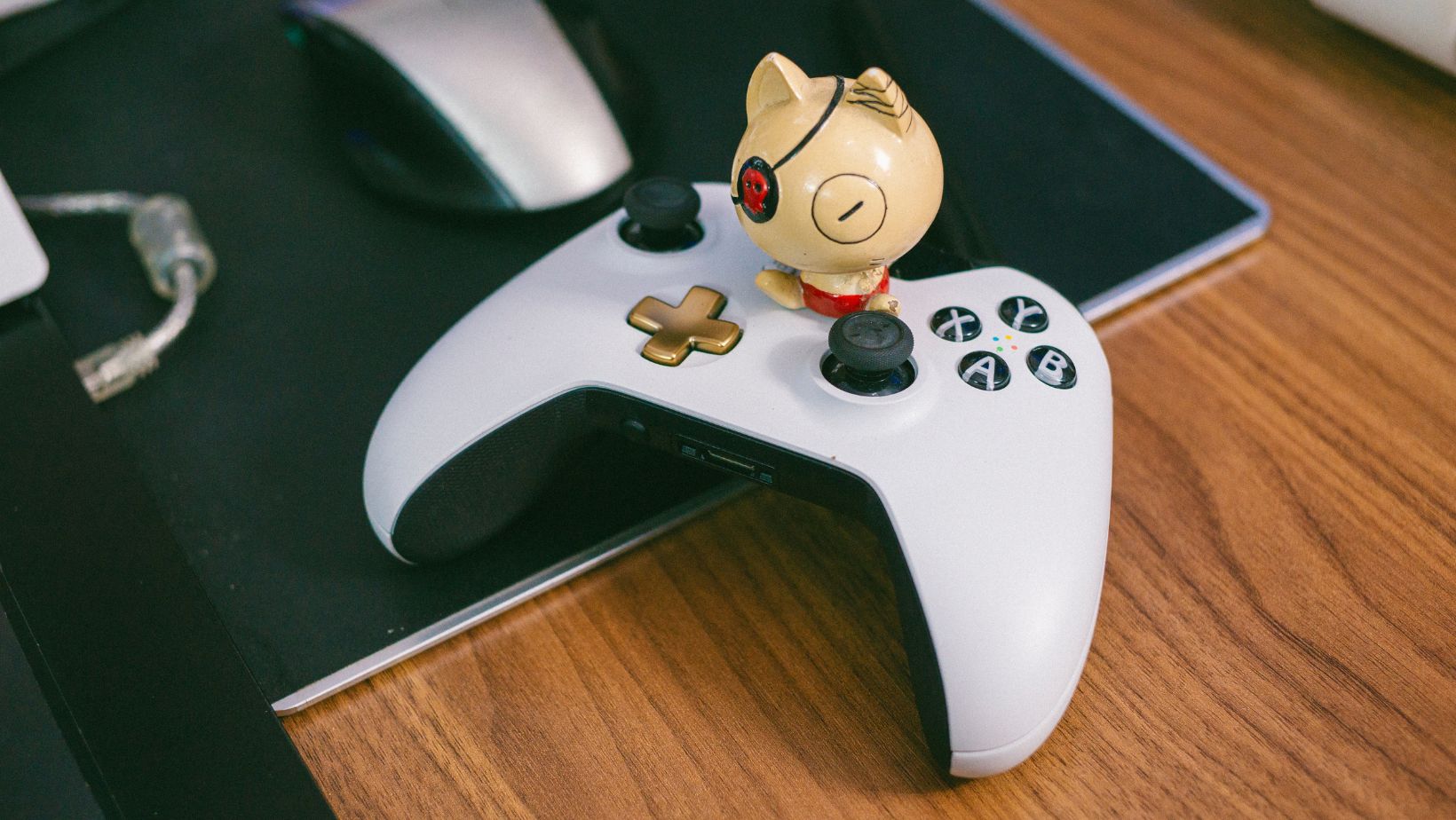Microtransactions, often referred to as MTX, represent a business approach enabling users to acquire virtual items through small payments while playing a video game or mobile game. This payment method is frequently employed in free-to-play games to generate income for the game developers, while the initial game is free of charge or very affordable.
Microtransactions enable players and spectators to buy in-game items like currency and loot boxes and to give tips to players for overcoming the game challenges or completing the tasks. In the past, most console game revenues came from the sales of physical or digital copies of the game itself. However, newer platforms like Fortnite primarily generate income through microtransactions for in-game purchases.
This article aims to educate players about the techniques employed to encourage the use of microtransactions, enabling all players to make more informed choices while enjoying their favorite games. In the case of playing at a 10 dollar minimum deposit casino for real money, video gamers should be aware of the potential financial nuances and rules.
Studios’ VS Players’ Interests
Microtransactions vary greatly. In many instances, they revolve around cosmetic enhancements, like acquiring a stylish set of armor for your character or getting a new weapon. On occasion, however, in-game purchases can influence actual gameplay, allowing a player to purchase upgrades that provide a competitive edge.
Unfortunately, some major game developers tend to overprice their additional content. Whether it’s a pay-to-win acquisition or a basic cosmetic enhancement, gamers usually find themselves investing more than they would expect in microtransactions that deliver minimal value in return.
Microtransactions are seen by players or their families as intrusive and exploitative. While these in-game purchases can be financially beneficial for gaming companies, they often irritate gamers, disrupting the gaming experience, and they can be costly, which is even more unfair when the games themselves are not free.
Studios argue that in-game purchases are not obligatory. Players are said to have the option to enjoy the game as is, without the need for a subscription or additional in-game purchases. However, staying competitive against other players can prove challenging without additional investment.
When it comes to enhancing your player’s abilities or assembling a top-tier team, a decision must be made. You can either invest more long hours striving to earn these upgrades or opt for a shortcut of paying for them.

In today’s gaming landscape, some studios literally build the mechanics around user engagement in microtransactions to fully complete the game. When developers adopt this approach to game design, their primary focus shifts away from enhancing the in-game experience or ensuring users complete the game. Instead, it revolves around creating a game that is “challenging” – or better put, “almost impossible to complete without paying extra.”
The primary goal is to strike a balance between providing a sense of achievement and progress but in a manner that forces users to think they should make in-game purchases to advance further.
As a result, game studios are intentionally crafting poor systems and mechanics, with the expectation that users will be inclined to make payments to overcome the hardest parts. When microtransactions serve as the exclusive revenue stream, it can lead to the development of the entire product as centered around this business model and not around the concept of a great product or great user experience.
Psychological Tricks Used in Microtransactions
Microtransactions don’t come in one obvious shape that straightforwardly offers to buy a shortcut in the form of skill or weapon. There are a bunch of techniques that studios employ to trick players into paying even without being aware of the manipulation.
In-Game Currency & Exchange Rate
Developers introduce an in-game currency as an intermediary step between the user and their purchases. This intermediary layer can complicate the user’s ability to gauge the currency’s worth, particularly in tense situations. Instead of paying $5 for an item and knowing how much they paid, instead of the in-game currency being 1:1 rate, players have to buy “1 gem for $4 and then pay 11 gems for a horse”. Most players will stop counting and just pay.
Loot Boxes
Developers leverage a psychological concept known as “variable rate reinforcement.” When you open loot boxes, it triggers a sense of anticipation. The use of vibrant colors and engaging audio enhances the excitement you feel, leading you to believe that the rare item you desire might be inside. The pleasure from a good loot box and the anticipation of it makes people pay for items that can be worthless, believing that the next one will be the one they need.
Manipulative “Discounts” for Packages
Another tactic is presenting larger packages at reduced prices. These discounts create a perception among consumers that they can acquire more items (they would like to have) while saving. Developers further underline these savings by highlighting the value proposition, making the most expensive package also the most attractive one (obviously).
Skill Games
Games like Candy Crush Saga fall into the category of skill-based games, allowing users to advance without requiring any monetary expenditure. The game’s difficulty increases as you progress, creating a sense of greater accomplishment for users.

In contrast, money-centric games compel you to spend money in order to continue your journey. This way, users believe they can make progress independently, but sometimes they need help, and this help can be bought for the sake of speed and convenience.
Removed Rewards
This approach suggests offering the user a substantial reward and then creating a sense of urgency by taking it away unless a purchase is made. Studies indicate that we tend to place a higher value on the reward when faced with the prospect of losing it than we initially attributed to it when considering a purchase.
Final Thoughts
Some argue that microtransactions can, in fact, make certain games more budget-friendly for players. This business model suggests a low cost of entering so more people can try the game out. Some studios claim that if they offered one price that would cover the costs, most players would not be able to afford the majority of games. While this argument makes sense, it does not improve the manipulative nature of the in-game purchases business model.
As the technologies evolve, the manipulation grows even worse. A recent article disclosed Activision’s patent application aimed at increasing microtransaction purchases. In this proposed system, AI algorithms would be utilized to pair players together, increasing the likelihood of in-game purchases on a totally different level. So, it doesn’t seem that microtransactions will get better anytime soon; they won’t go anywhere, and the situation is likely to grow even more complicated.


